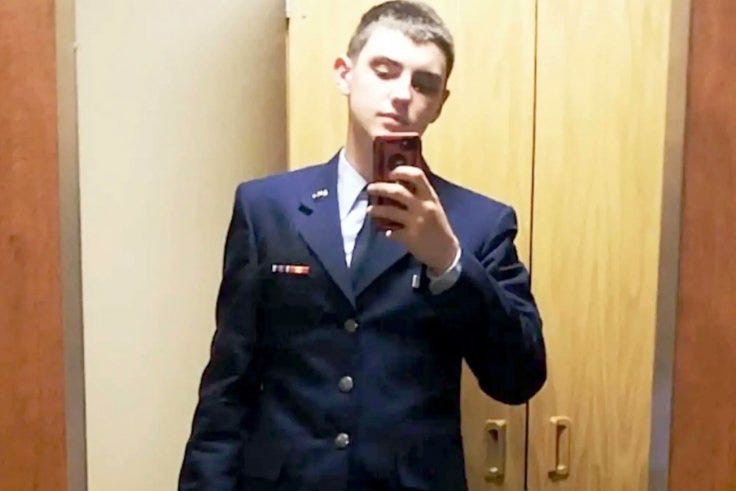Jack Teixeira and Me
I had to get a top secret security clearance, too, years ago. It was far more rigorous than the leaker airman's process.
Jack Teixeira and I have a couple things in common: Cape Cod and a Top Secret security clearance.
Way back in the summer of 1966, holding a draft notice that threatened to send me into combat in Vietnam, I found a way to apply for enlistment as an Army intelligence case off…
Keep reading with a 7-day free trial
Subscribe to SpyTalk to keep reading this post and get 7 days of free access to the full post archives.





